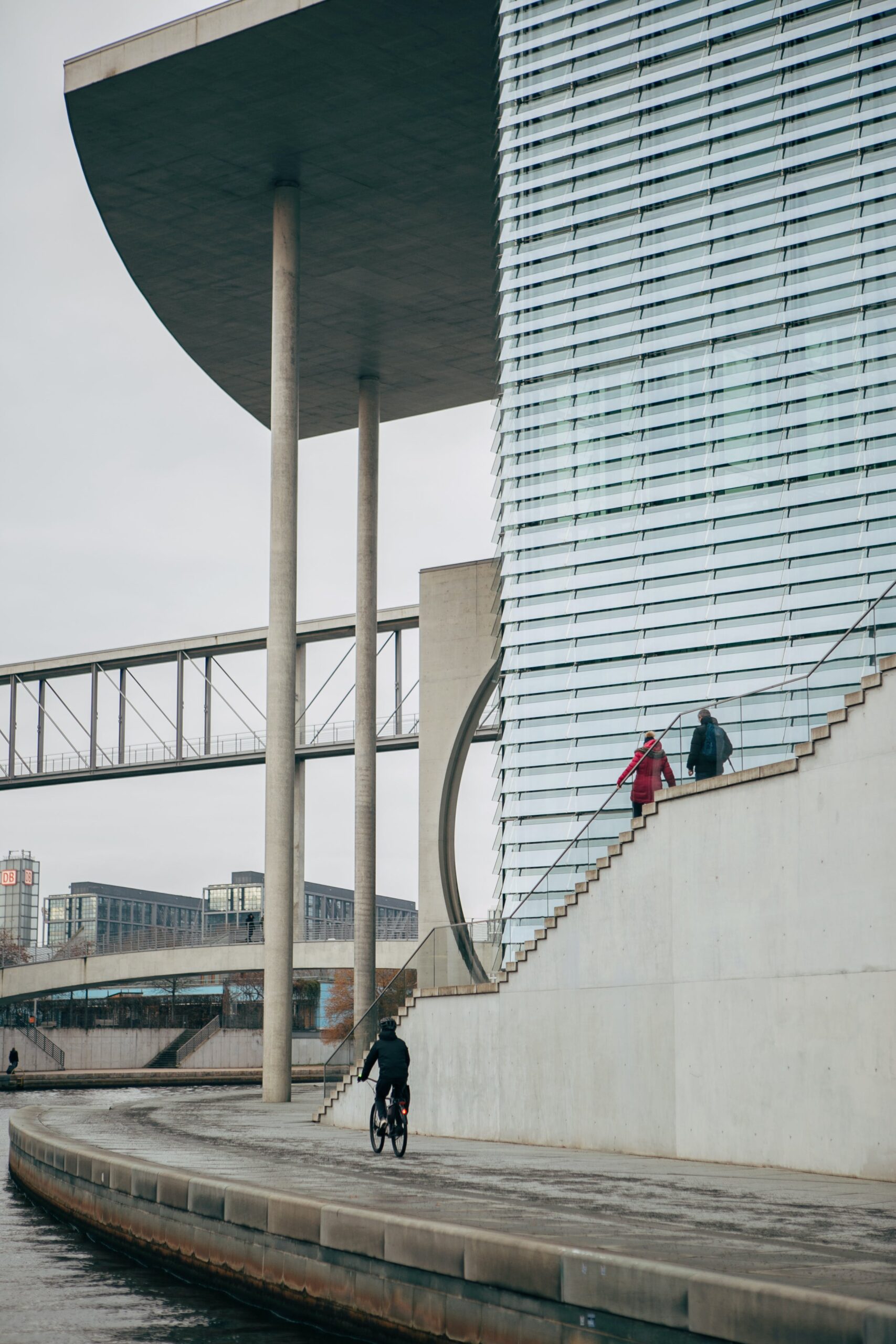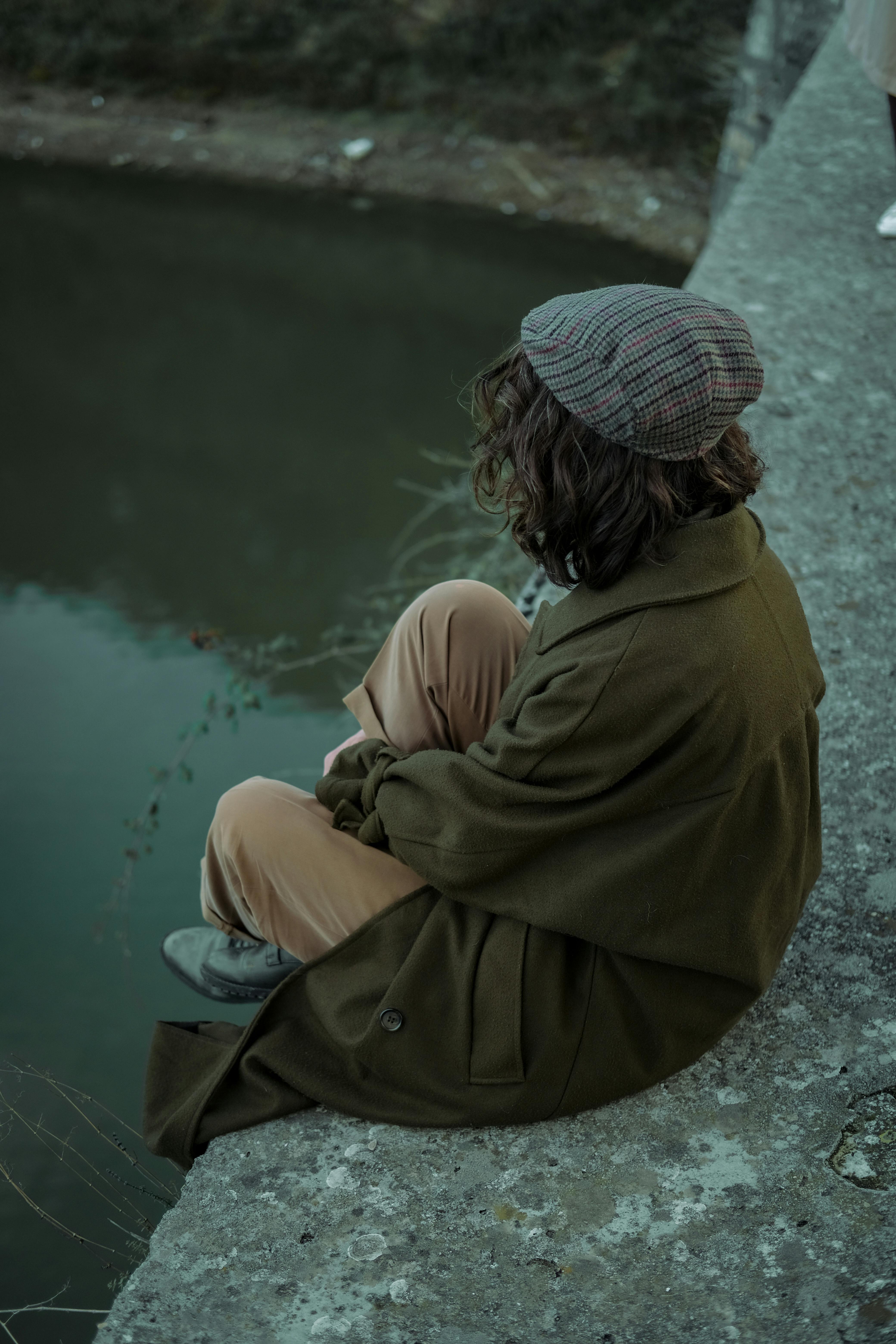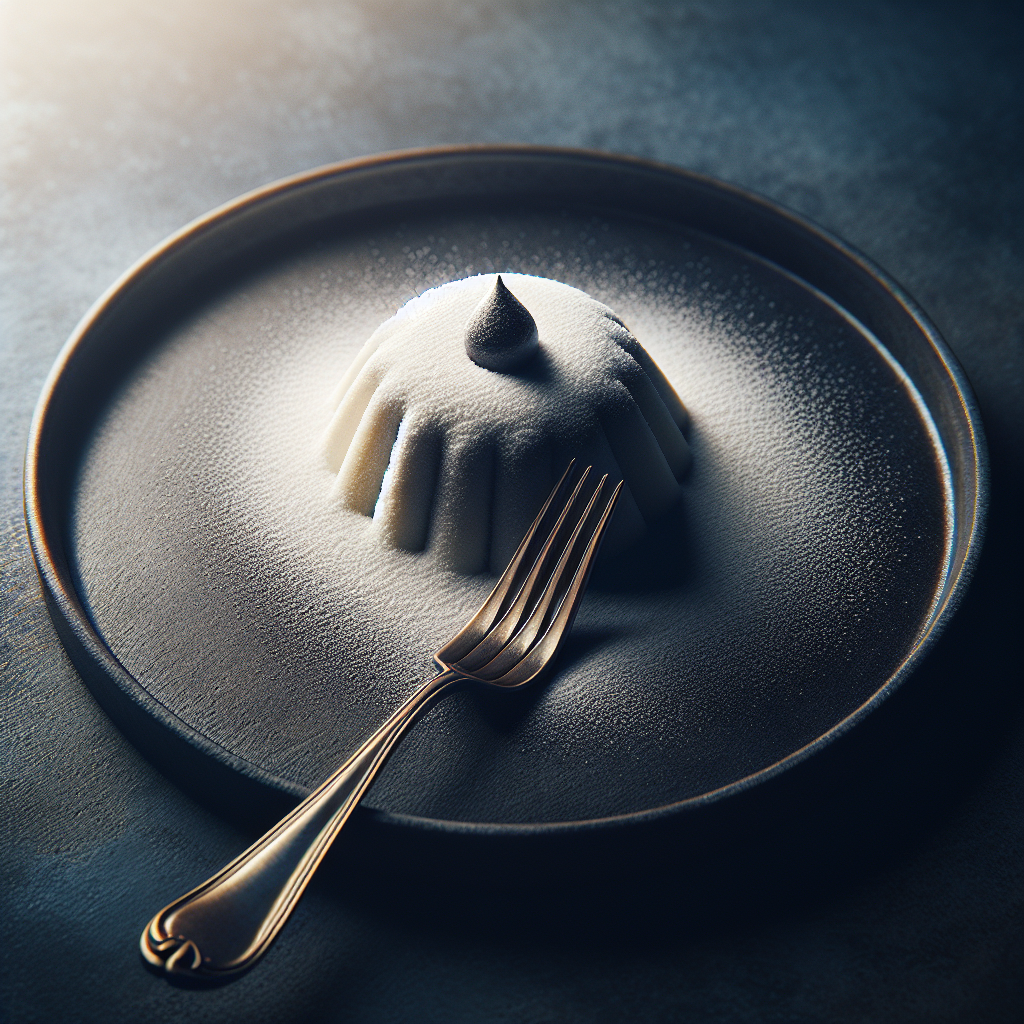In the world of social media and food blogs, captivating food photography has become an art form. Whether you’re a professional chef or an adventurous home cook, being able to capture the beauty of your culinary creations is essential. With these food photography tips, you’ll learn how to showcase the colors, textures, and flavors of your dishes, and take your food photography skills to the next level. Get ready to make mouths water and inspire others to embark on their own culinary adventures.
Lighting
When it comes to food photography, lighting is one of the most important factors to consider. Good lighting can make all the difference in capturing the beauty and details of your culinary creations.
Natural Lighting
Natural light is often the best choice when it comes to food photography. Look for a spot in your home or studio with ample natural light, preferably near a large window or glass door. This will provide a soft and diffused light that can enhance the colors and textures of your dishes.
When photographing in natural light, it’s important to pay attention to the direction of the light. Side lighting can create interesting shadows and depth, while front lighting can result in a more evenly lit image. Experiment with different angles to see what works best for your particular dish.
Artificial Lighting
If natural light is not available or adequate for your food photography, artificial lighting can be a great alternative. There are many options to choose from, including continuous lighting and strobe lighting.
Continuous lighting, such as LED panels or softboxes, provides a constant and even light source. This can be particularly helpful when shooting videos or if you prefer to see the exact lighting setup before taking the shot.
Strobe lighting, on the other hand, offers a more powerful burst of light. This can be useful when you need to freeze motion or create a specific mood in your images. Strobes can be controlled through various settings, allowing you to adjust the intensity and direction of the light.
Whichever lighting option you choose, make sure to experiment and find the setup that best showcases your culinary creations.
Composition
Composition plays a crucial role in food photography as it determines the visual structure and appeal of your images. By following some key principles, you can create compelling and eye-catching photos.
Rule of Thirds
The rule of thirds is a fundamental guideline in photography composition. It involves dividing your frame into a grid of nine equal parts by drawing two horizontal lines and two vertical lines.
To apply the rule of thirds in food photography, position the main subject or focal point of your shot at the intersection points of these lines. This helps to create a dynamic composition and draws the viewer’s attention to the most important element of the image.
Leading Lines
Leading lines are another powerful compositional tool that can guide the viewer’s eye through your photo. They can be natural elements in your setting, like utensils or ingredients, or even created using props or linens.
To use leading lines effectively, position them in a way that leads towards your main subject. This can create a sense of depth and invite the viewer to explore the entire frame.

Symmetry
Symmetry can be a visually pleasing technique to employ in food photography. It involves creating balance and harmony by placing elements equally on both sides of the frame.
When incorporating symmetry into your images, ensure that the subject or focal point of your shot is centered. This can create a sense of order and stability, making your photo visually pleasing.
Remember, composition is subjective and can vary depending on the style and story you want to convey. Don’t be afraid to experiment and break the rules to find your own unique composition style.
Props and Background
Choosing the right props and background can greatly enhance the visual appeal of your food photography. They can help set the mood, add depth, and provide context to your culinary creations.
Choosing Props
When selecting props for your food photography, consider the style and theme you want to convey. For a rustic feel, wooden utensils and vintage plates can be a great choice. On the other hand, modern and minimalist dishes can benefit from sleek and simple props.
Think about the colors and textures of your props and how they can complement or contrast with your food. For example, if you have a vibrant and colorful dish, using neutral-toned props can help it stand out even more.
Experiment with different combinations and see what works best for your particular dish. Keep in mind that props should enhance your food, not overshadow it.
Creating a Background
The background in your food photography can significantly impact the overall look and feel of your images. It should complement your dish and help create a cohesive scene.
Consider using different materials for your background, such as wooden boards, marble slabs, or fabric textures. These can add depth and visual interest to your photos.
You can also experiment with different colors and patterns to create a unique backdrop for your culinary creations. Remember that the background should not distract from the main subject, but rather enhance it.
Don’t be afraid to get creative and try out different combinations of props and backgrounds to achieve the desired aesthetic for your food photography.
Angles and Perspectives
The angle and perspective from which you photograph your food can greatly impact the visual impact of your images. By exploring different angles, you can create unique and captivating compositions.
Overhead Shot
The overhead shot, also known as the flat lay, is a popular angle in food photography. It involves taking the photo from directly above the dish, looking down onto the table or surface.
This angle is great for showcasing the entire dish and its components in a visually appealing way. It can create a sense of order and symmetry, especially when arranging the dish with precision.
To capture the perfect overhead shot, make sure to position yourself directly above the dish and use a tripod if needed for stability. Experiment with different heights and angles to find the most flattering and interesting composition.

45-Degree Angle
The 45-degree angle is a versatile angle that can add depth and dimension to your food photography. It involves tilting your camera at a 45-degree angle relative to the surface of the dish.
This angle allows you to capture multiple layers and textures of your food, creating a more dynamic composition. It can also add a sense of storytelling and make the viewer feel like they are a part of the scene.
Experiment with different focal points and compositions while shooting from a 45-degree angle. This can help you find the most captivating shot that highlights the best features of your culinary creations.
Eye Level
Shooting at eye level is a more intimate and relatable perspective in food photography. It involves positioning your camera at the same level as the dish, creating a sense of connection between the viewer and the food.
This angle can be particularly effective when capturing detailed shots or emphasizing specific elements of your dish. It allows for close-ups and can showcase textures and colors in a captivating way.
When shooting at eye level, pay attention to the lighting and background to ensure that they complement and enhance your composition. Experiment with different distances and angles to find the most visually appealing shot.
Remember, the angle and perspective you choose should support the story and mood you want to convey through your food photography.
Color and Contrast
Color and contrast are essential elements in food photography, as they can create depth, intrigue, and visual interest in your images. Understanding color theory and playing with contrast can help you create stunning and engaging photographs.
Using Color Theory
Color theory involves understanding how different colors interact and complement each other. By applying color theory principles, you can create harmonious and visually pleasing compositions.
Consider the color wheel when selecting your props, backgrounds, and even food ingredients. Complementary colors, which are opposite each other on the wheel, can create a vibrant and dynamic composition.
On the other hand, analogous colors, which are next to each other on the wheel, can create a more harmonious and soothing effect. Experiment with different color combinations to find what works best for your culinary creations.
Playing with Contrast
Contrast is another powerful tool that can make your food photography stand out. It involves using contrasting elements, such as light and dark tones or textures, to create visual impact.
For example, a colorful dish placed against a dark background can create a striking contrast that draws the viewer’s attention. Similarly, playing with contrasting textures, such as smooth and rough, can add depth and visual interest to your images.
When planning your food photography, consider how you can incorporate contrast to create a visually captivating composition. Experiment with different lighting setups, backgrounds, and props to achieve the desired effect.
Styling and Presentation
Styling and presentation are key aspects of food photography that can greatly enhance the visual appeal of your culinary creations. By carefully arranging the dish and adding thoughtful garnishes, you can create stunning photographs that make the viewer’s mouth water.

Arranging the Dish
When it comes to arranging the dish, think about balance, symmetry, and the overall aesthetic you want to convey. Consider the shape and size of the plates or bowls, and how they can complement or contrast with the food.
Arrange the different elements of the dish in an organized and visually appealing way. Pay attention to the color distribution and how each component interacts with the others.
Remember that less is often more in food photography. Keep the arrangement clean and simple, allowing the beauty of the food to take center stage.
Garnishing and Plating
Garnishes and plating can add the finishing touches to your culinary creations and make your food photography truly stand out. They can bring additional color, texture, and visual interest to your images.
Experiment with different garnishes, such as herbs, sauces, or edible flowers, to add a pop of color and freshness to your dish. Consider the placement and arrangement of the garnish to create a visually pleasing composition.
When it comes to plating, think about the overall shape and structure of the dish. Use different techniques, such as stacking, layering, or drizzling, to create depth and visual appeal.
Remember to pay attention to the details and make sure everything is clean and tidy. Even the smallest details can make a big difference in the final presentation of your culinary creations.
Camera Settings
Understanding and adjusting your camera settings can greatly improve your food photography. By mastering the basics of aperture, shutter speed, and ISO, you can take control of the exposure and achieve the desired look for your images.
Aperture
Aperture refers to the opening in your camera lens through which light passes. It controls the depth of field in your images, determining how much of the scene is in focus.
In food photography, a wide aperture (low f-stop number) can create a shallow depth of field, isolating the main subject and creating a blurred background. This can help draw attention to the food and create a more visually pleasing composition.
On the other hand, a narrow aperture (high f-stop number) can result in a larger depth of field, allowing more of the scene to be in focus. This can be useful when you want to capture all the details and textures of your culinary creations.
Experiment with different aperture settings and see how they impact the look and feel of your images. Remember to consider the lighting conditions and adjust the ISO and shutter speed accordingly.
Shutter Speed
Shutter speed refers to the length of time that your camera’s shutter remains open, allowing light to reach the camera sensor. It controls the amount of motion blur in your images and is particularly important when capturing food in motion.
In food photography, using a faster shutter speed can freeze motion and capture crisp details. This can be useful when photographing pouring liquids, falling ingredients, or capturing moments of action.
On the other hand, using a slower shutter speed can create a sense of motion and convey a dynamic feeling in your images. This can be effective when capturing steam rising from hot dishes or someone interacting with the food.
Experiment with different shutter speeds and see how they impact the look and feel of your images. Keep in mind that using slower shutter speeds may require the use of a tripod to prevent camera shake.
ISO
ISO refers to the sensitivity of your camera’s sensor to light. It determines how much light is needed to achieve a proper exposure in your images.
In food photography, using a lower ISO (such as 100 or 200) can result in higher image quality with less noise. This is particularly important when capturing detailed shots and textures in your culinary creations.
However, in low-light situations, you may need to increase the ISO to maintain a proper exposure. Be cautious when increasing the ISO, as higher values can introduce noise and graininess into your images.
Experiment with different ISO settings and find the balance between achieving a proper exposure and maintaining image quality.
Remember to adjust the camera settings according to the lighting conditions, desired depth of field, and desired motion blur in your images.
Editing and Post-Processing
Editing and post-processing is an essential step in food photography to enhance the colors, tones, and overall look of your images. With the right adjustments, you can make your culinary creations truly come to life.
Basic Adjustments
The first step in editing your food photography is to make basic adjustments to the exposure, contrast, and white balance of your images. This can help correct any lighting issues and create a more balanced and visually appealing result.
Adjust the exposure to ensure that the highlights and shadows are properly balanced, and that the details are preserved. Increase the contrast to make the colors and textures pop.
Pay attention to the white balance to ensure that the colors in your images are accurate and natural. Adjust the temperature and tint settings to remove any unwanted color casts.
Enhancing Colors
Colors play a crucial role in food photography, and enhancing them can make your culinary creations even more enticing. Use tools like saturation and vibrance to make the colors more vibrant and bold.
Experiment with the selective adjustment tools to fine-tune the colors in specific areas of your image. This can help bring out the details and highlights in your food.
Don’t be afraid to get creative with color adjustments. Depending on the mood or style you want to convey, you can emphasize certain colors or create a more monochromatic look.
Removing Imperfections
In food photography, it’s common to encounter imperfections like blemishes, dust, or unwanted distractions in the background. Editing tools can help you remove or minimize these imperfections, creating a clean and polished final image.
Use tools like the healing brush or clone stamp to remove any unwanted spots or distractions. Pay attention to small details like loose crumbs or smudges on the plate.
Make sure to zoom in and inspect your image carefully to catch any imperfections that may need retouching. Remember to preserve the natural look and texture of the food while removing any distracting elements.
Remember, the goal of post-processing is to enhance your images, not distort the reality of the food. Be mindful not to over-edit and maintain the integrity of your culinary creations.
Using Props and People
Props and people can add an extra layer of storytelling and context to your food photography. By incorporating them thoughtfully, you can create dynamic and engaging compositions.
Adding Props
Props can help set the scene, add context, and emphasize the theme or style of your culinary creations. They can be utensils, ingredients, or objects that complement or interact with the food.
When using props, consider the size, shape, and color of the objects. Make sure they do not overpower the main subject but rather enhance and support it.
Experiment with different placements and arrangements of the props to find the most visually appealing composition. Pay attention to the balance and overall aesthetic of the image.
Incorporating People
Adding people to your food photography can bring a sense of life and action to your images. It can create a story and convey the experience of enjoying the food.
Consider incorporating hands or partial body shots to show interaction with the food. This can create a sense of scale and add a human element to your images.
When photographing people, make sure to focus on the food as the main subject and use the person as a supporting element. Pay attention to their gestures and expressions to capture the moment.
Remember to communicate with your models and guide them to ensure that they understand the desired mood and composition. Collaboration and communication can result in more authentic and visually appealing images.
Capturing Food in Motion
Photographing food in motion can add a sense of dynamism and excitement to your images. By creating a sense of movement, you can engage the viewer and make them crave your culinary creations.
Creating a Sense of Movement
To capture a sense of movement, consider incorporating elements like falling ingredients, splashing liquids, or swirling steam. These can add a dynamic and lively feeling to your food photography.
Use a fast shutter speed to freeze the action and capture crisp details in the moving elements. Experiment with different angles and compositions to find the most visually appealing shot.
Be patient and prepared to capture the perfect moment. Anticipate the motion and timing of the movement, and be ready to click the shutter at the right moment.
Capturing Steam or Pouring
Steam rising from hot dishes or pouring liquids can create a sense of freshness and deliciousness in your food photography. These elements can add a visual impact and make your images more enticing.
To capture steam, make sure to have a hot dish or drink ready to photograph. Position yourself and your camera in a way that captures the steam rising naturally from the food or beverage.
For pouring shots, practice pouring the liquid at different speeds and angles to achieve the desired effect. Use a fast shutter speed to freeze the motion and capture the details of the liquid.
Experiment with different lighting setups and compositions to create the most visually appealing and mouthwatering shots of your culinary creations.
Remember, photographing food in motion requires practice and patience. Keep experimenting and refining your technique to capture those drool-worthy moments.
In conclusion, capturing culinary creations through food photography is an art that combines technical skill and creativity. By mastering the elements of lighting, composition, props, angles, color, styling, camera settings, editing, and capturing motion, you can elevate your food photography to the next level. Experiment, practice, and let your imagination run wild as you showcase the beauty and deliciousness of your culinary adventures. Happy shooting!

